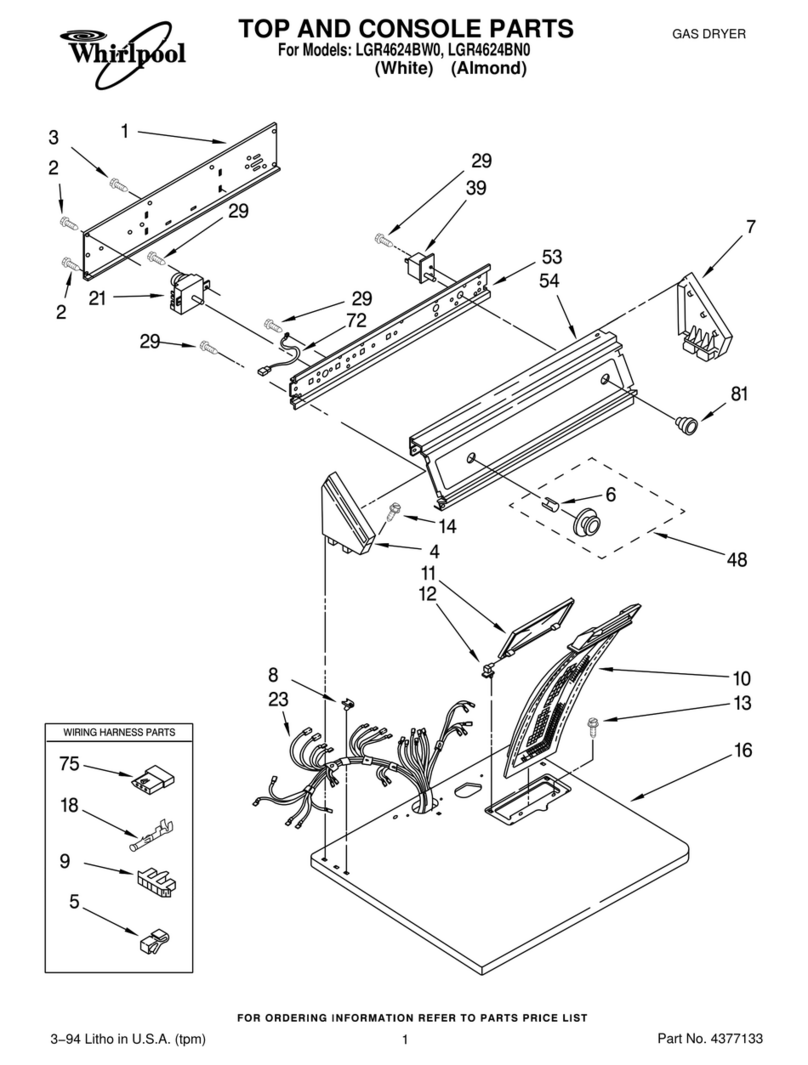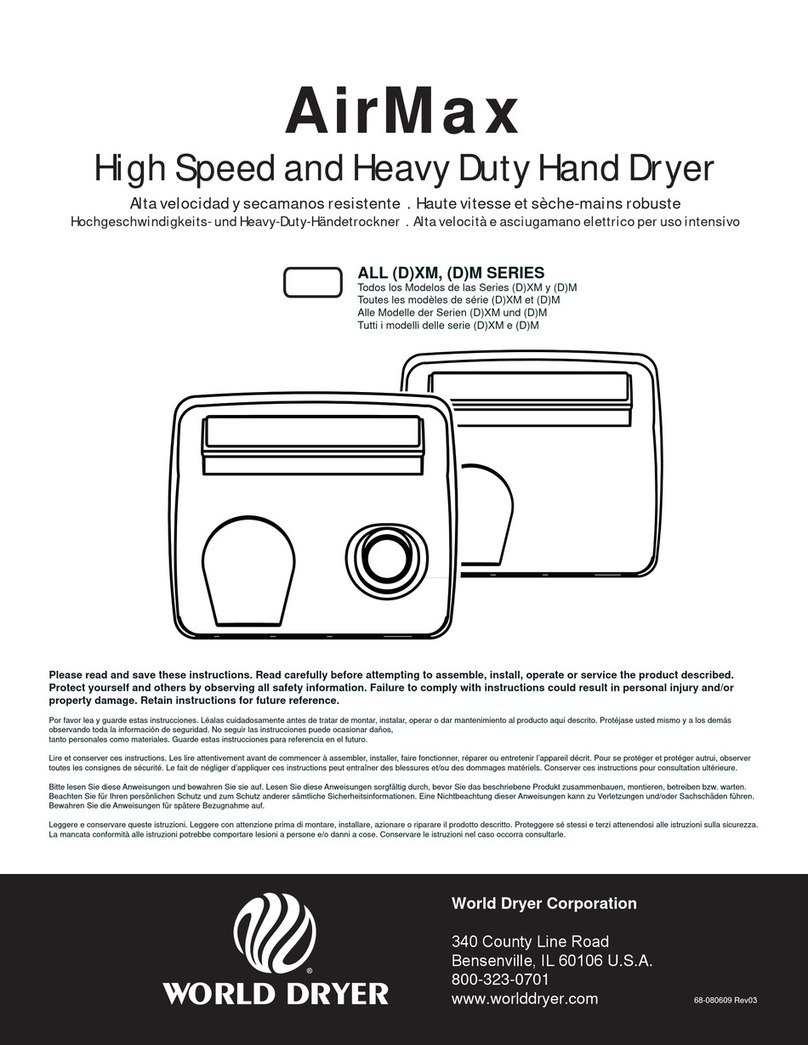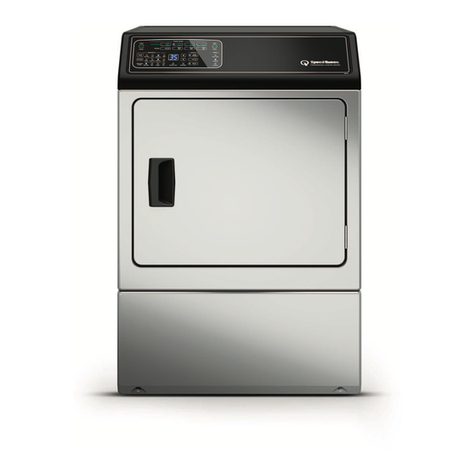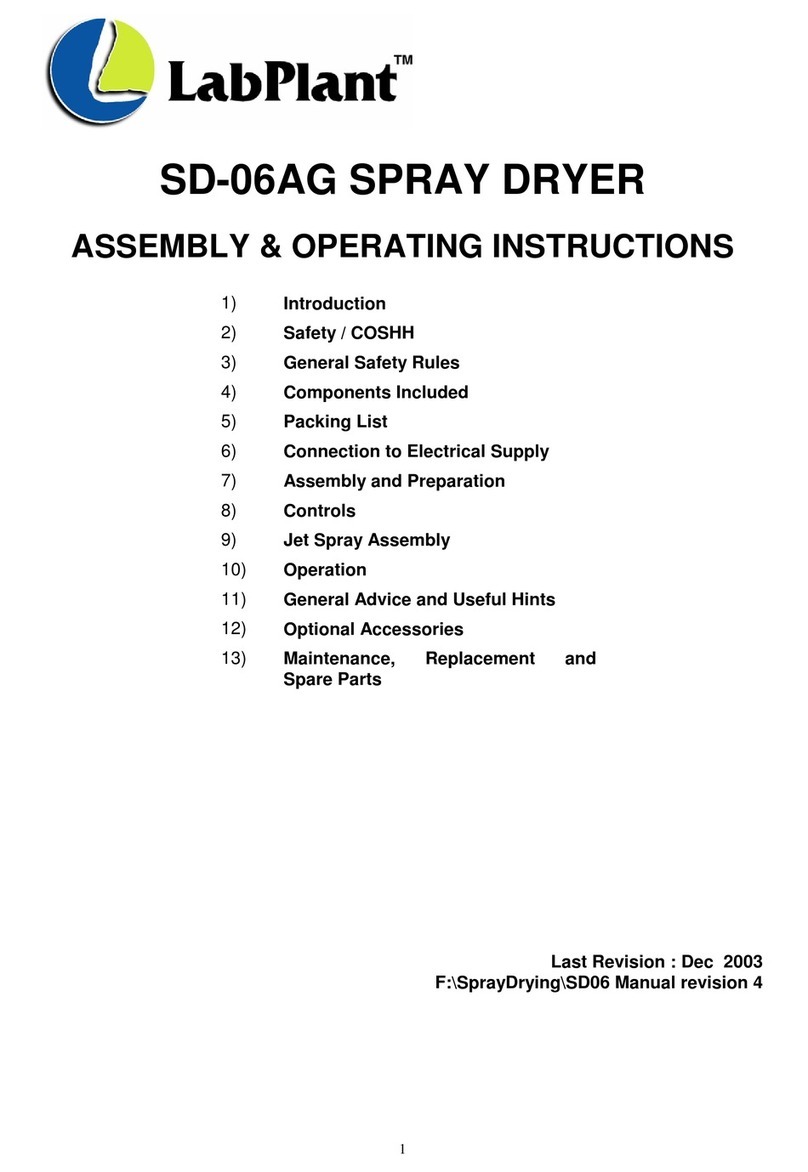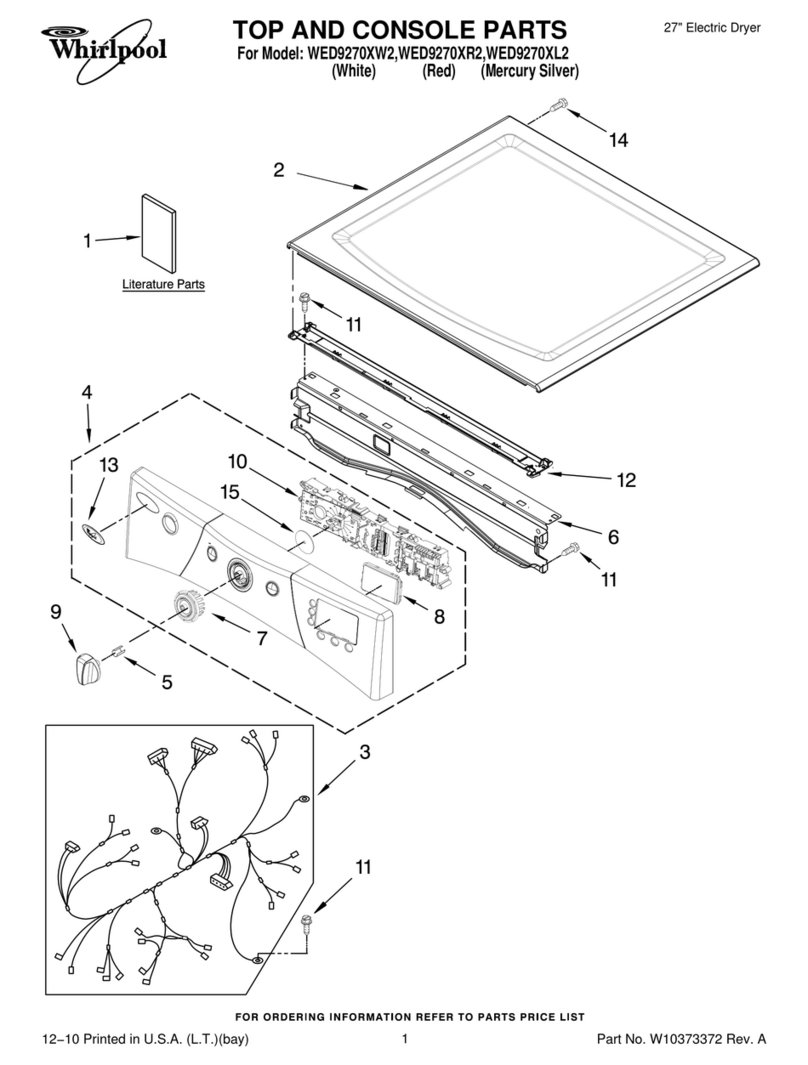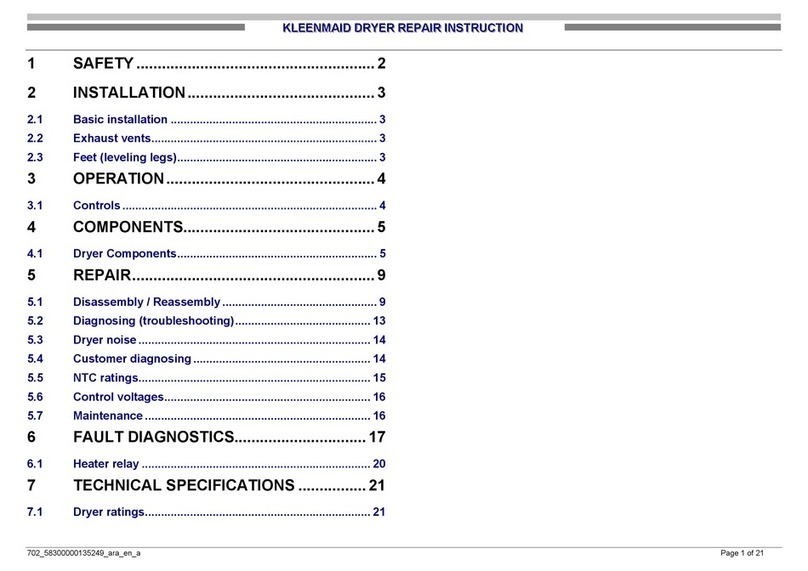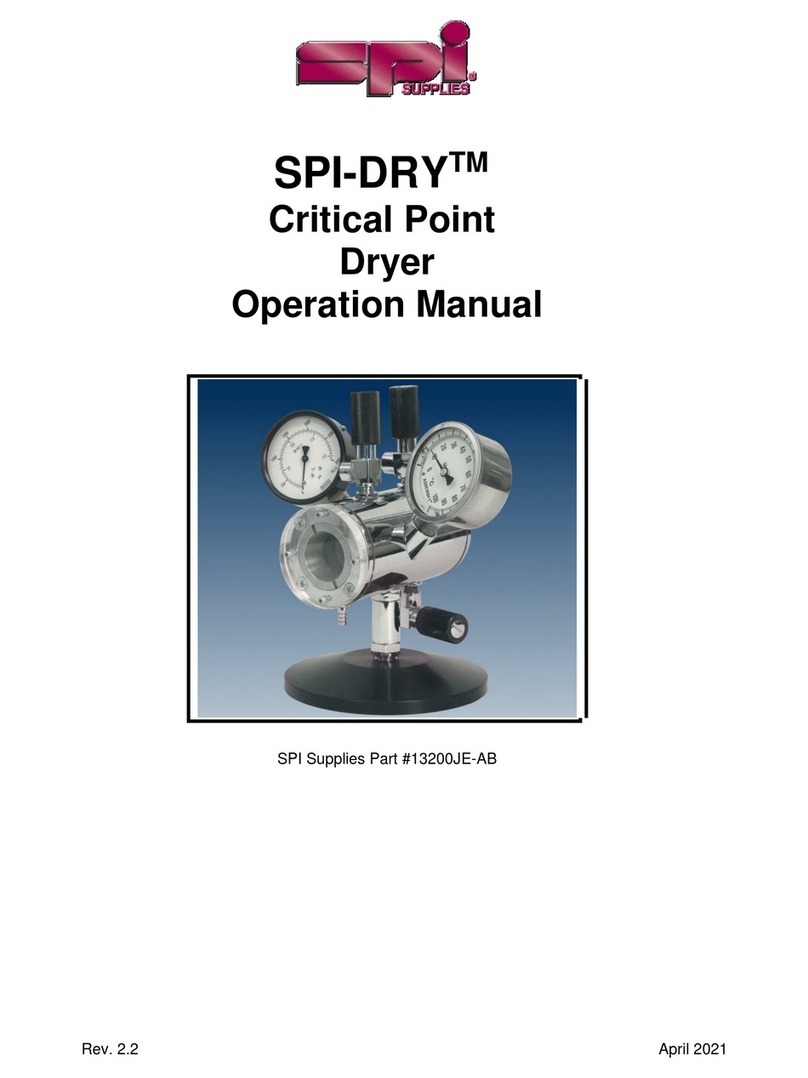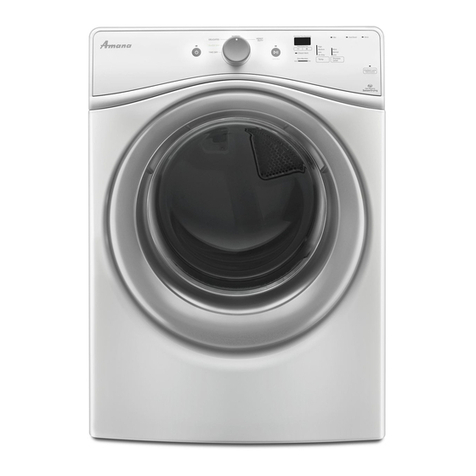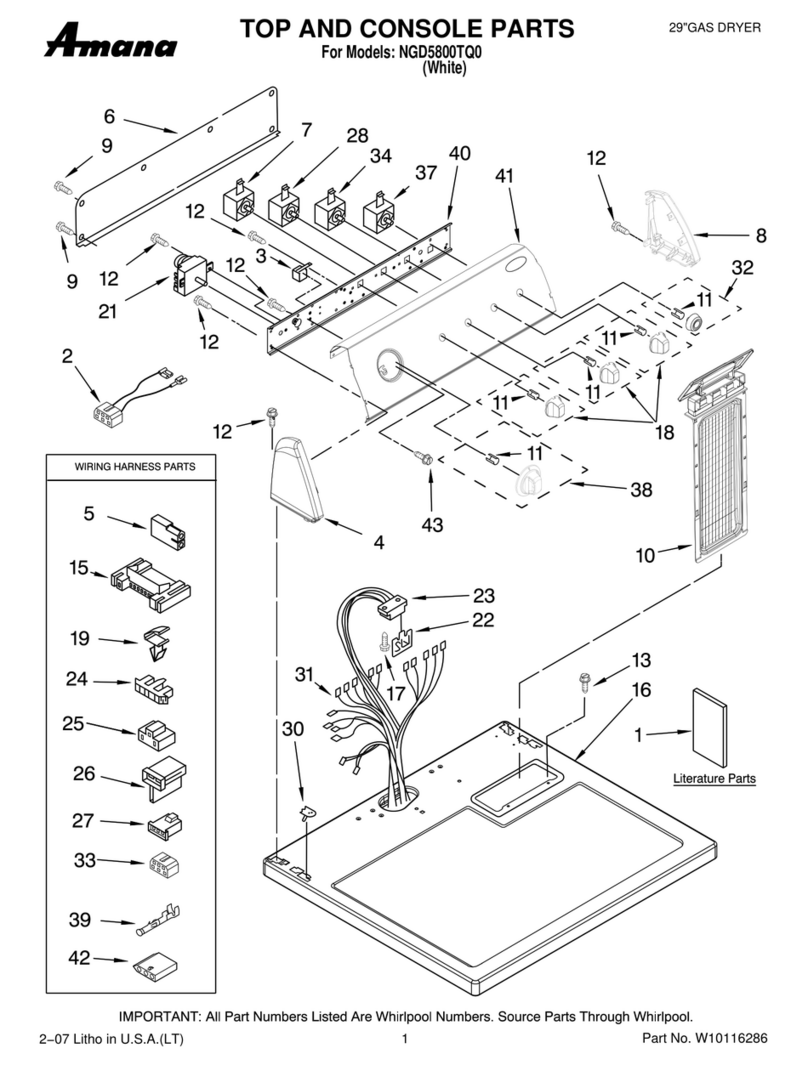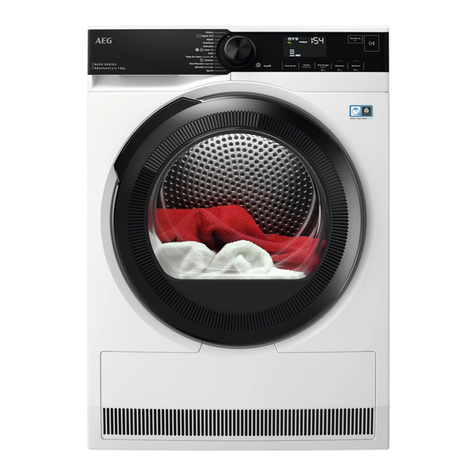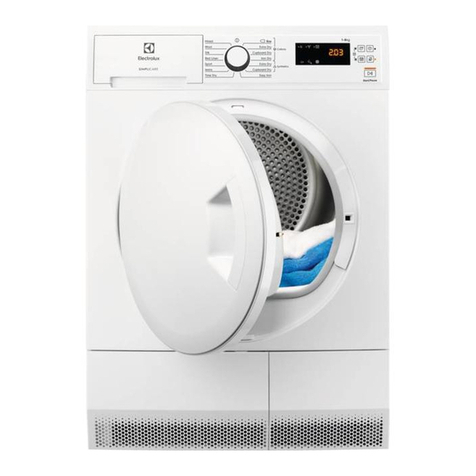
2
1) INTRODUCTION
The Lab-Plant SD-05 Laboratory Scale Spray Dryer is based on more than 30 years of
continuous production and development.
The SD-05 has been designed primarily for simplicity and ease of use, rapid assembly
and disassembly for cleaning, minimal maintenance, efficiency of operation and
reproducibility of previous conditions.
2) SAFETY IN THE USE OF EQUIPMENT SUPPLIED BY LAB-PLANT LTD
Before proceeding to install, commission or operate the equipment supplied you should
be aware of potential hazards so that they may be avoided.
Although designed for safe operation, any equipment may involve processes or
procedures which are potentially hazardous. The major potential hazards associated
with this particular equipment are listed below.
•INJURY THROUGH MISUSE
•INJURY FROM ELECTRIC SHOCK
•RISK OF INFECTION THROUGH LACK OF CLEANLINESS
Accidents can be avoided provided that equipment is regularly maintained and
operators are aware of potential hazards. A list of general safety rules is included
in this manual, to assist in this regard. The list is not intended to be fully
comprehensive but for guidance only.
The COSHH Regulations (1988) - The Control of Substances Hazardous to Health
The COSHH regulations impose a duty on employers to protect employees and others from
substances used at work which may be hazardous to health. The regulations require
that you assess all operations which are liable to expose any person to hazardous
solids, liquids, dusts, vapours, gases or micro-organisms. You are also required to
introduce suitable procedures for handling these substances and to keep appropriate
records.
The equipment supplied by Lab-Plant Ltd may involve the use of substances which can
be hazardous (for example, cleaning fluids used for maintenance or chemicals used for
particular demonstrations) and it is essential that some person in authority is
responsible for implementing COSHH regulations.
Part of these regulations are to ensure that the relevant Health and Safety Data
Sheets are available for all hazardous substances used in the laboratory. Any person
using a hazardous substance must be informed of the following:
•Physical Data about the substances
•Any hazard from fire or explosion
•Any hazard to health
•Appropriate First Aid treatment
•Any hazard from reaction with other substances
•How to clean/dispose of spillage
•Appropriate protective measures
•Appropriate storage and handling
Although these regulations may not be applicable in your country, it is strongly
recommended that a similar approach is adopted for the protection of staff operating
the equipment. Local regulations must also be considered.



